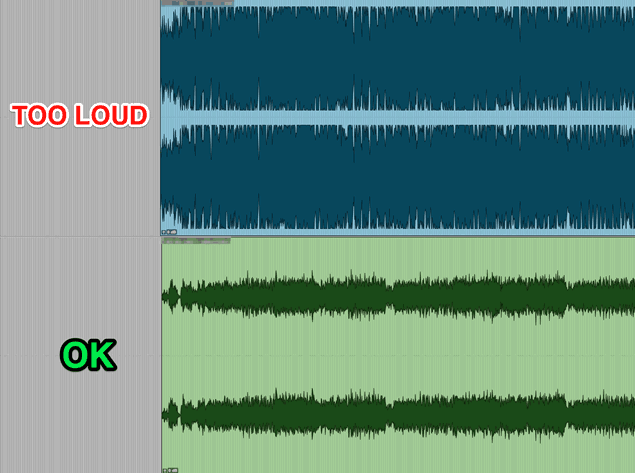We also accept uploads from:
- WeTransfer.com
- DropBox.com
- SendSpace.com
- iCloud (MobileMe)
- Personal Server (FTP)
Please email us with full session notes if you choose to use an optional uploader.
Before you upload…
Include your name and email address in the upload form. Also include the artist name, your phone number & any other important information we’ll need in the “Optional Message” field as well.
Consider sending us an additional email with detailed mastering notes, track order or ISRC codes.
Email us at booking@rodneymills.com >>Bounce your mixes as either Wave (.wav) or AIFF (.aif or.aiff) .
See our full list of Acceptable Formats >>Avoid sending us the following formats: .mp3, .wma, .m4a, or .m4p (AAC)
Properly label your files with song titles (instead of Track 1, Track 2....)
Save your files at the same bit depth and sample rate you recorded at - in Pro Tools you can find out this information by going to Setup > Session. Typically, sessions are recorded at 44.1 or 48 khz and 24-bit. Converting your files to higher bit depth or sample rate does not improve quality, it just makes your files larger!
If you're mastering multiple versions of your song(s) (e.g. Radio Versions, Instrumentals, etc.), remember to upload those as well. We'll want to master them at the same time as the main (or album) version.
Make sure your mixes aren't too loud! We prefer at least 3db of headroom if possible.
Learn more about leaving headroom >>Send us music references! If you want your masters to sound like a particular artist or song, let us know in the Message field. You can just tell us the song and artist, and we'll look it up on iTunes or Spotify.
Format Guide
– Acceptable Formats –
We prefer the following files for mastering. You can use any combination of the file types below:
File Formats: Wave / AIFF / SD2
Bit Depth: 16 / 24 / 32 bit
Sample Rates: 44.1kHz up to 192kHz
Stereo Interleaved
Multiple Mono (Split)
– Not Recommended –
The following file types are not recommended for professional mastering; however, we will still support them if it’s all you have.
.mp3 / .wma (Windows Media Audio)
.m4a / .m4p (AAC)
Are your mixes too loud?
It’s important we have enough headroom during our mastering process to make your mixes sound the best!
- Remove or reduce any limiter or compressor plugins on your master channel
- Reduce the overall volume of your mix by turning down the master fader or individual tracks
- Make sure your master channel is not clipping. If there are red lights on your master fader, you need to turn it down.
- To double-check your work, import your bounced files into a new session to visually verify your final mix



